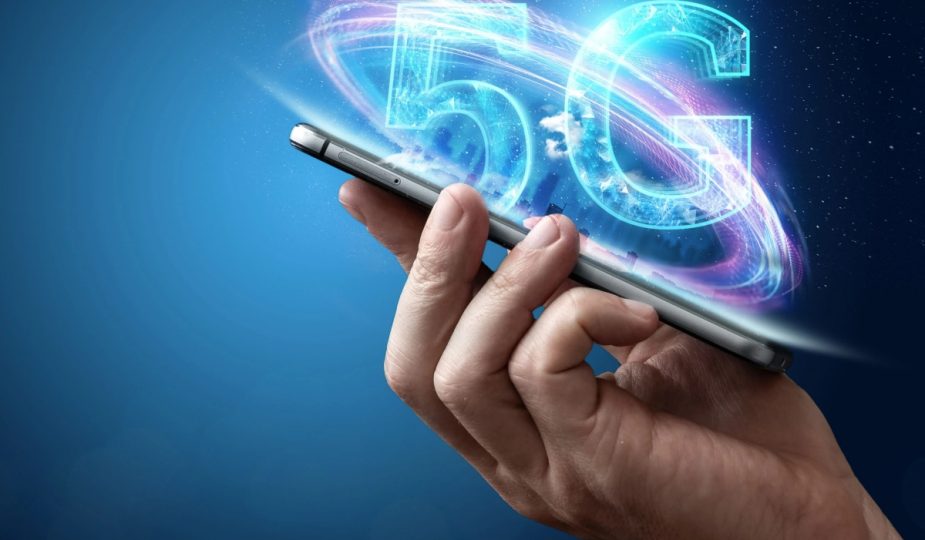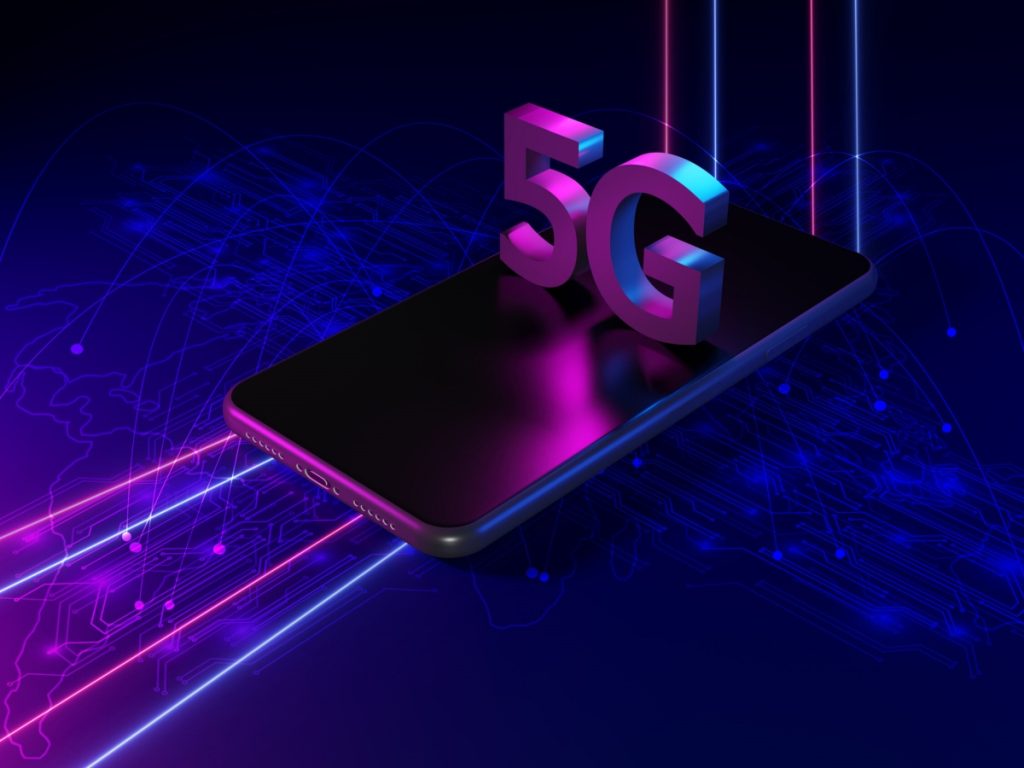
Rise of 5G Technology and Its Implications for Connectivity
Affiliate Disclosure: This site may contain links to affiliate websites, and we receive an affiliate commission for any purchases made by you on the affiliate website using such links.
The advent of 5G technology marks a significant leap forward in the realm of connectivity, promising to revolutionize internet speeds and enable a host of new technologies. As the fifth generation of mobile network technology begins to roll out globally, its impact is set to be profound across various industries, including telecommunications, healthcare, and transportation.
One of the most notable features of 5G is its unprecedented speed. With the potential to reach speeds up to 100 times faster than 4G, 5G offers near-instantaneous connectivity, drastically reducing latency to mere milliseconds. This enhancement in speed and responsiveness opens up new possibilities for applications that require real-time data transmission, such as autonomous vehicles, remote surgery, and augmented reality experiences.

In telecommunications, 5G is expected to transform how data is transmitted and consumed. It allows for more devices to be connected simultaneously without compromising performance, paving the way for the Internet of Things (IoT) to flourish. This connectivity can lead to smarter cities with interconnected infrastructure, facilitating efficient energy management, traffic control, and public safety measures.
The healthcare industry stands to benefit significantly from 5G technology. With its ability to support telemedicine and remote monitoring, healthcare professionals can provide real-time diagnostics and consultations, regardless of geographical constraints. This connectivity is especially crucial in rural or underserved areas where access to healthcare facilities is limited. Additionally, 5G can support advanced medical technologies, such as robotic-assisted surgeries and AI-driven diagnostics, enhancing patient outcomes.
Transportation is another sector poised for transformation with 5G. The technology’s low latency and high reliability are essential for the development of autonomous vehicles, enabling real-time communication between vehicles and infrastructure. This could lead to safer roads, reduced congestion, and more efficient logistics operations.
Despite its promising benefits, the widespread adoption of 5G faces several challenges. Infrastructure development requires significant investment and coordination among stakeholders. Concerns around cybersecurity and data privacy also need to be addressed, given the increased data flow and connected devices.
In conclusion, 5G technology holds the potential to reshape the landscape of connectivity, offering unprecedented speed and enabling a multitude of innovations across various industries. As 5G continues to expand, its successful integration will depend on overcoming existing challenges and ensuring that the benefits are realized equitably across society.
Hi~Living Deals from "HexClad Cookware"









